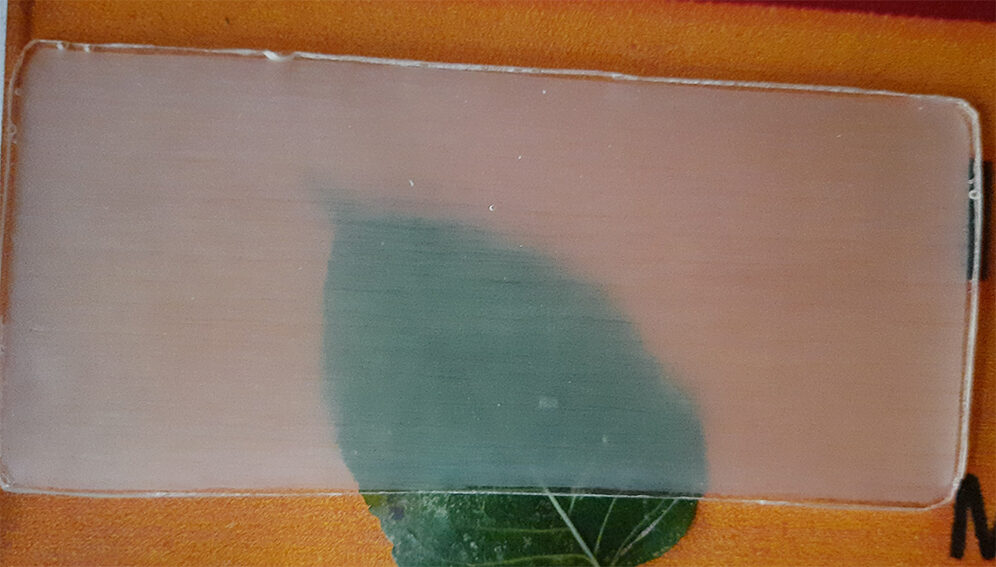Send to a friend
The details you provide on this page will not be used to send unsolicited email, and will not be sold to a 3rd party. See privacy policy.
[NEW DELHI] Transparent wood promises to be an environmentally friendly substitute for glass or plastic used for making car windshields, see-through packaging and biomedical devices, according to a study.
Published in the journal Science of The Total Environment by Elsevier, the study said transparent wood reduced ecological impacts on the environment because of its renewable and biodegradable properties. It is also said to be cost-efficient as it is five times more efficient than glass thus cutting energy cost significantly.
“Transparent wood as a material can replace the environmentally harmful petroleum-based plastics such as polypropylene, polyvinyl chloride (PVC), acrylic, polyethylene, etc.”
Prodyut Dhar, Indian Institute of Technology
The world currently produces around 400 million tonnes of plastic waste each year, with increasing levels of single-use plastic which is used and then discarded, according to the UN Environment Programme. Now, transparent wood is emerging as one of the most promising substitute materials of the future.
“Transparent wood as a material can replace the environmentally harmful petroleum-based plastics such as polypropylene, polyvinyl chloride (PVC), acrylic, polyethylene, etc.,” said Prodyut Dhar, an author of the study and assistant professor at the Indian Institute of Technology’s biochemical engineering school.
Originally fabricated in 1992 by German scientist Siegfried Fink and since improved upon by other researchers, transparent wood is made by removing the lignin content in wood and replacing it with transparent, plastic materials. Lignin is a naturally occurring biopolymer which supports plant tissue; unlike plastics it can biodegrade and is non-toxic.
“Plastics are used as a substitute for glass which is (naturally) fragile. However, transparent wood is an even better alternative from an ecological perspective as observed in our life-cycle analysis,” said Dhar.
According to the authors, production of transparent wood using sodium chlorite to remove lignin from wood and infiltrating it with epoxy infiltration had far less environmental impacts than commonly used methods that rely on the use of methacrylate polymer.
The end-of-life analysis suggests that, transparent wood is less environmentally friendly than glass but is still better than producing polyethylene, indicating the need to improve the production technology, the authors said.
Anish M. Chathoth, an assistant professor at Kerala Agricultural University’s College of Forestry, in India, and a transparent wood researcher at the Institute of Wood Science and Technology, Bangalore, said the fabrication of transparent wood has generated a lot of recent interest due to its favourable physical, mechanical and optical properties.
“Transparent wood is mostly developed using thin slices of wood, and has good strength as that of regular wood but is lighter in weight. The scope for imparting multiple and advanced properties through the incorporation of specialised materials makes it a unique bio-based substrate for versatile applications,” Chathoth told SciDev.Net.
“In recent times transparent wood has been used in construction, energy storage, flexible electronics and packaging applications,” said Chathoth, “adding that given the growing concerns about the environmental impact of petroleum-based plastic materials, transparent wood has a role in maintaining environmental sustainability”.
This piece was produced by SciDev.Net’s Asia & Pacific desk.
















